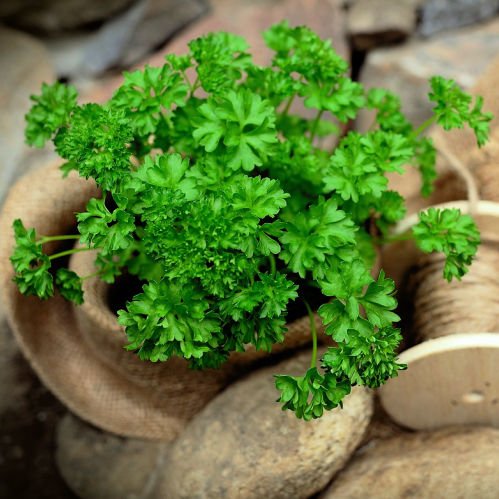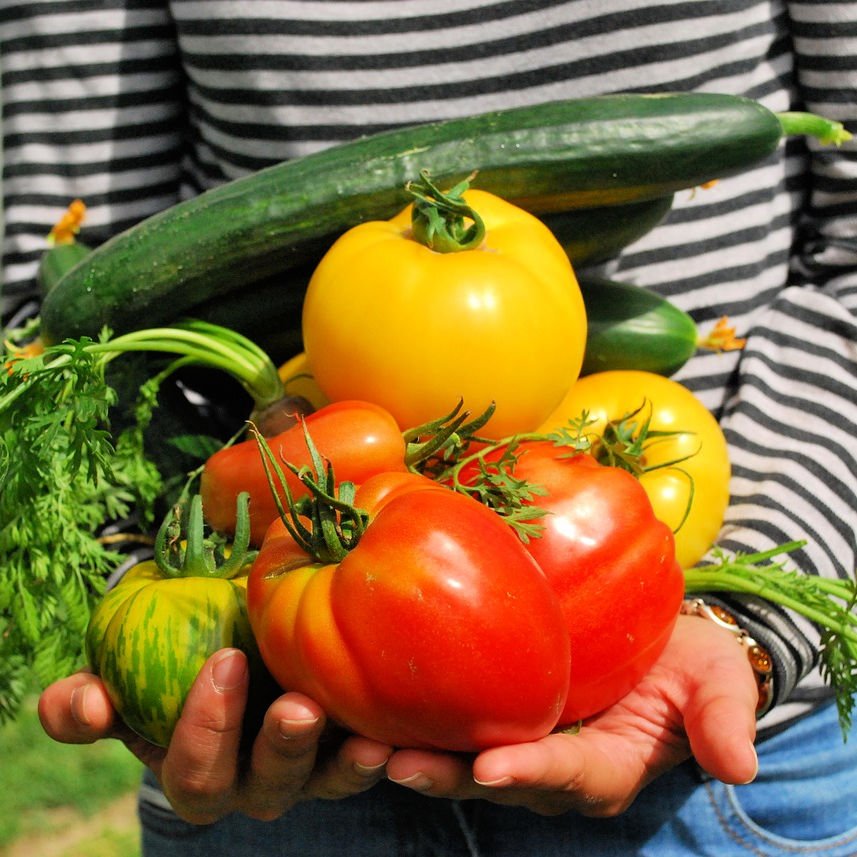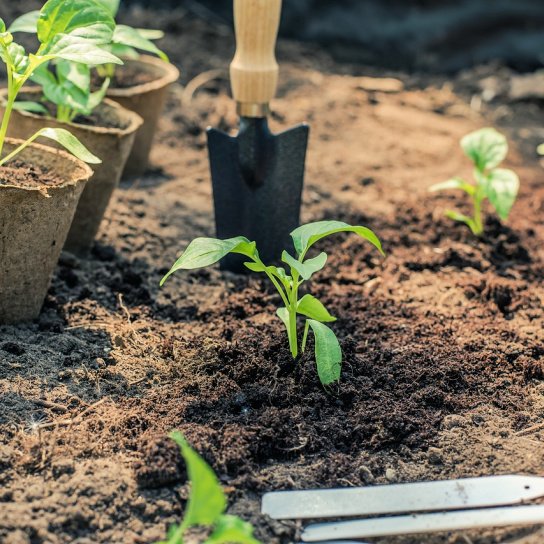What to sow & do in a February kitchen garden

The sun’s low and the temperature’s still cool, but there are a few tasks you can get done in a February kitchen garden before the weather warms up.
While it isn’t too hectic at this time of year, there are some things to sow and do in your kitchen garden or on an allotment this month if you’d like to get a headstart. Of course if you’re a fair weather gardener then you can put most of it off until March, but if you’re itching to get going then have at it.
My February kitchen garden diary
For me, this is another fairly quiet month for gardening, mainly because the ground’s cold and not much is growing anyway.
However, I do need to get rid of one of our rosemary plants, which has died completely. The other one’s looking fine, so it isn’t too much of a problem.
There are a few more fallen leaves to sweep up, and some general tidying needs to be done. The rest of my time will be spent planning out the growing space, and deciding what to plant where.
If the last week of February gives us mild weather, I’ll also start off some brassicas and mixed salad leaves to get a headstart on the growing season.
What to sow in February

Sow outdoors (under cover)
Outdoor sowings will need some extra protection from the cold, wind and rain. Warm up the soil with cloches and horticultural fleece, or sow your seeds in pots or modules in a greenhouse.
You can start these seeds off if it isn’t too frosty or waterlogged:
- beetroot
- early/tough varieties of broad bean (such as Aquadulce types)
- summer cabbage
- garlic (not seeds)
- Jerusalem artichoke (tubers)
- ‘cut and come again’ salad/lettuce leaves
- winter lettuce varieties (such as Winter Density)
- ‘sets’ of onions and shallots (not seeds)
- parsnip
- early varieties of peas (such as Early Onward, Feltham First)
- radish
- rhubarb crowns
- spring onions
- spring varieties of spinach (short day types)
If the weather’s really bad, take it easy. Remember that most of the seeds traditionally sown in February can me sown in March too.
Sow indoors (warm windowsill/propagator)
These all need some heat to get started:
- greenhouse cucumbers
- chillies
- sweet peppers
- some types of greenhouse tomato (check individual seed packets)
Sow indoors (room temperature)
Low maintenance room-temperature seeds include:
- brassicas such as cabbage and Brussels sprouts
- herbs for kitchen windowsills, such as parsley and chives
- celery
- celeriac
- leeks
If you’re desperate for a quick crop you can also sprout some peas for pea shoots, or grow some microgreens or beansprouts. You might be able to grow some baby leaf lettuce too, as long as you have a cool, bright windowsill to grow them on.
Garden jobs to do in February

1. Send out for supplies
The grow-your-own tools and accessories have arrived in the shops – look out for compost, plant food, pest control, canes, twine, pots and more. If you haven’t done it already, now’s a good time to plan what you’re going to grow this year, and order your seeds, sets and plants.
Some of my favourite places to get seeds and small plants include:
- Dobies
- Marshalls Garden
- RHS – good for ‘Garden Merit’ tried and tested varieties
- Suttons – lots of 99p seeds and handy advice for beginners
- Thompson & Morgan – all kinds of seeds, strawberry plants, fruit bushes etc
These shops often have multi-buy and cut price offers at this time of year, so they’re always worth a look.
2. Plant tubers and onions
If the soil’s frost-free, February is a good time to plant out:
- Jerusalem artichoke tubers
- Onion and shallot sets
- Late / Spring garlic
Use a cloche or fleece to protect onions if needed.
3. Prepare new potatoes by chitting
If you’re planning on growing early potatoes this year, you can start to ‘chit’ your tubers. Stand them on end in a light, frost-free place until they start to sprout ‘eyes’.

4. Get fruity
Many fruit trees and bushes will benefit from care in February:
- Plant new fruit trees, canes, bushes and rhubarb crowns
- Divide established rhubarb crowns
- Prune mature apple and pear trees, figs, and gooseberry and currant bushes
- Cut autumn-fruiting raspberry canes (aka primocanes) back to the ground to encourage new growth (do not do this to summer-fruiting types)
Try to keep jobs such as pruning and cutting back to dry days, so that the cut ends can seal over more easily.
5. Other garden jobs this month
- Prepare seed beds
- Clean out and sterilise greenhouses
- Re-pot hardy winter herb plants that need more room
- Protect delicate fruit blossom from frost with fleece
- Feed fruit with potash (potassium) rich fertiliser
- Feed spring greens nitrogen-rich fertiliser
- Tidy up the plot and compost old leaves
- Turn the compost heap gently (look out for sleepy hedgehogs!)
Enjoying this article? You may also like:
- What to sow & do in a January kitchen garden
- British seasonal food in February (what to pick this month)
Will you be growing your own this year? If so, what’s on your February kitchen garden or allotment to-do list?




